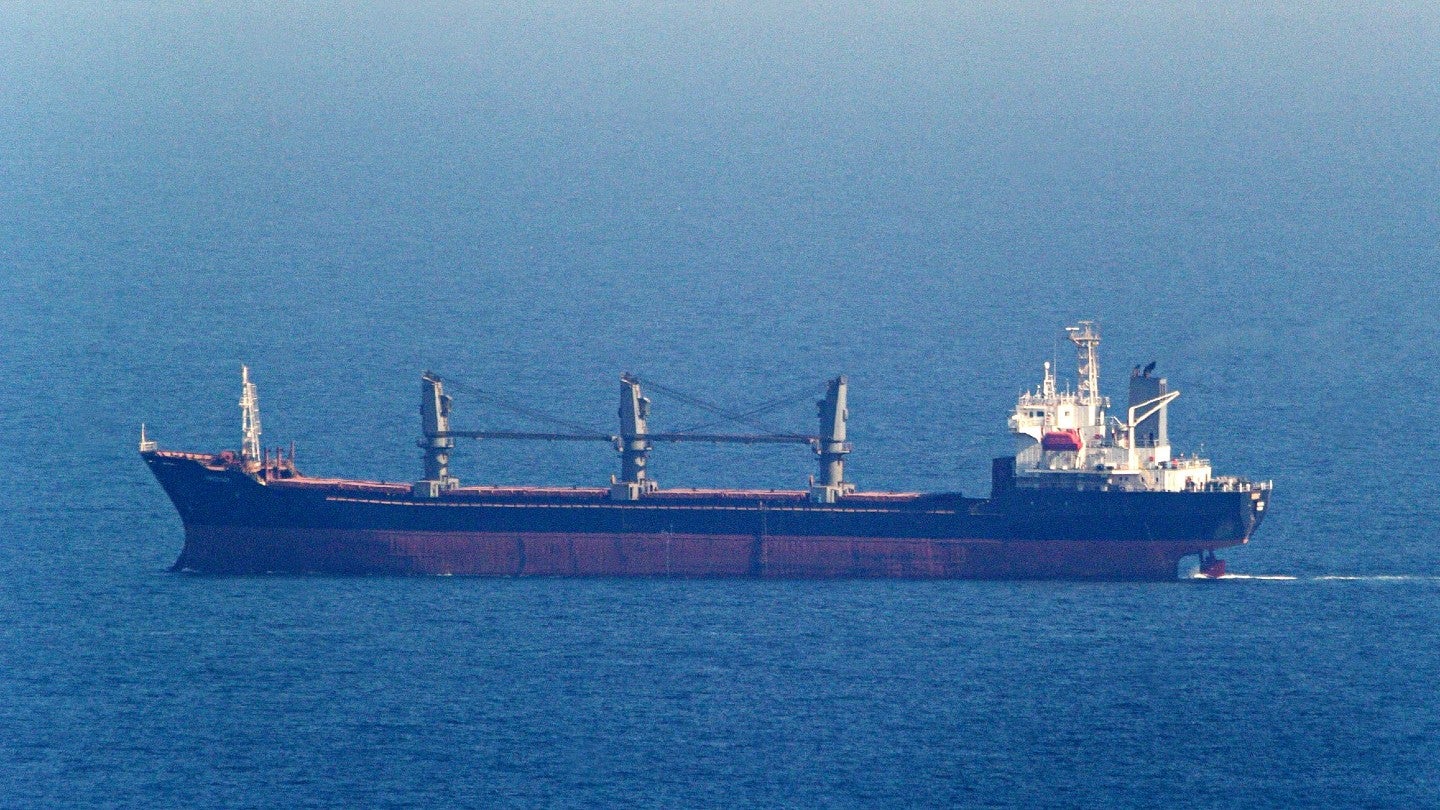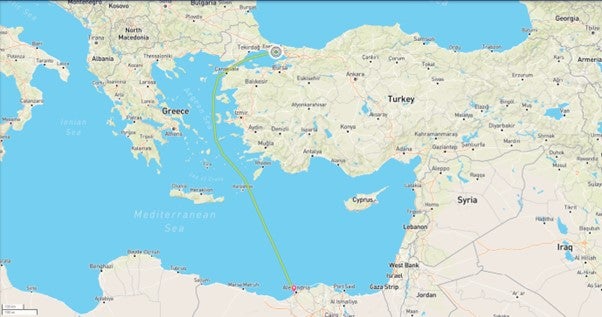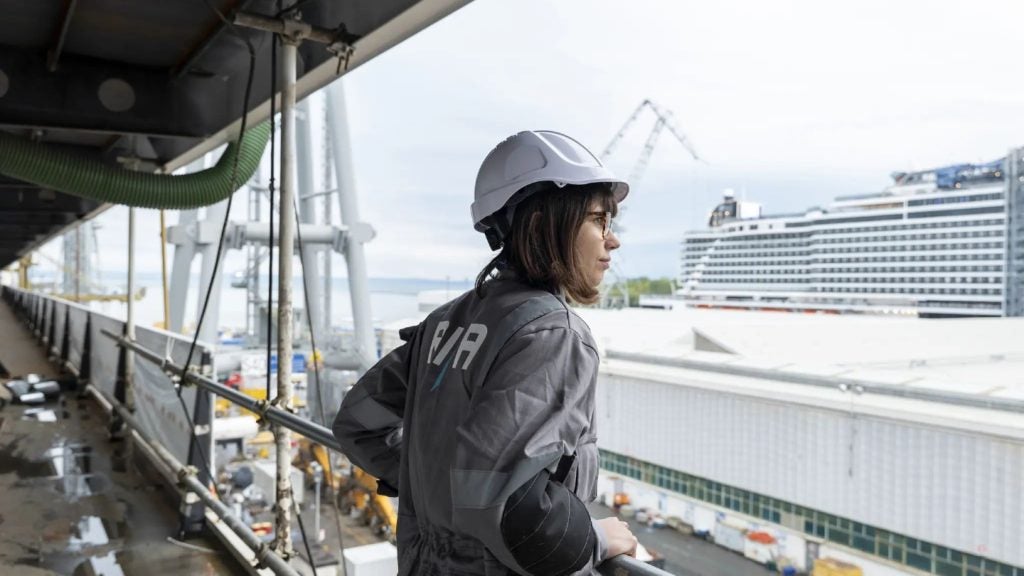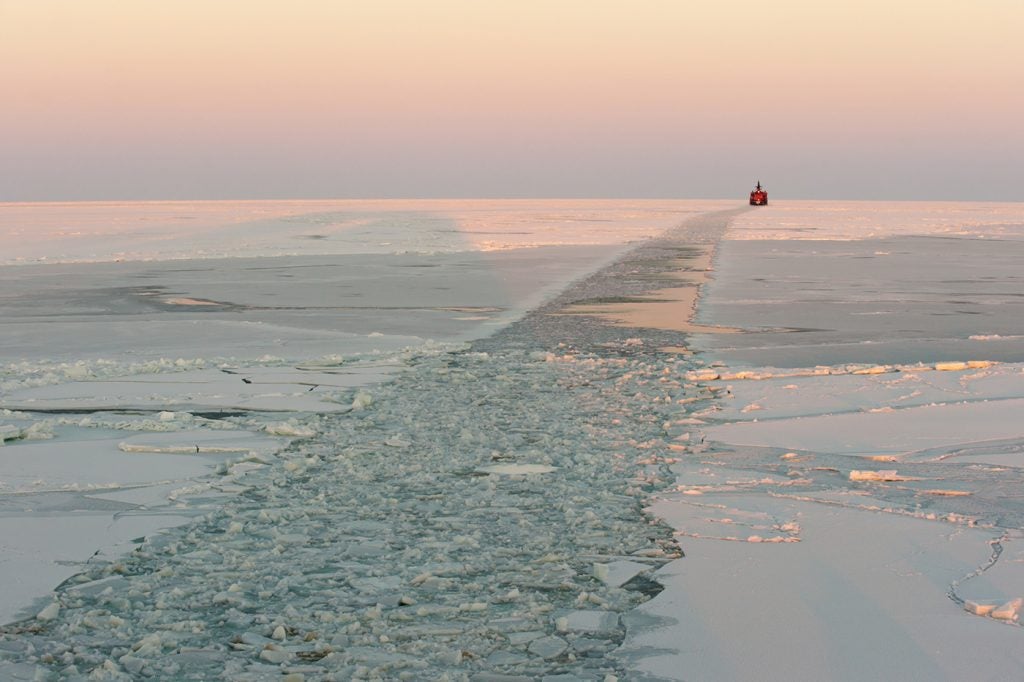
The Aroyat bulker has safely reached the Port of Haydarpaşa in Istanbul, Türkiye, marking the first large ship carrying grain from a Ukrainian Black Sea port since Russia withdrew in July from a wartime deal to permit safe passage to exports.
According to Ukraine’s vice prime minister Oleksandr Kubrakov, the Palau-flagged Aroyat is shipping 17,600 tonnes of Ukrainian wheat to Egypt. It arrived in Istanbul yesterday (24 September) after departing southwestern Ukraine’s Port of Chornomorsk last week (19 September).
Chornomorsk is part of Ukraine’s Odesa region – targeted areas by Russian drone and missile attacks due to the Port of Odesa’s strategic importance as Ukraine’s largest and only deep-water port.
The significance of the Aroyat’s safe passage is magnified by ongoing concerns around geopolitics and regional supply chains. In the European transport industry, company filings have been dominated by geopolitics and supply chains since the start of 2023, GlobalData research shows.
Where next for the Aroyat?
Maritime Traffic data shows that the Aroyat hugged the Black Sea’s western shoreline en route to Istanbul, staying close to the shores of NATO member states Romania and Bulgaria.
How well do you really know your competitors?
Access the most comprehensive Company Profiles on the market, powered by GlobalData. Save hours of research. Gain competitive edge.

Thank you!
Your download email will arrive shortly
Not ready to buy yet? Download a free sample
We are confident about the unique quality of our Company Profiles. However, we want you to make the most beneficial decision for your business, so we offer a free sample that you can download by submitting the below form
By GlobalDataHaving continued down the Bosporus, the Aroyat is currently moored at the Istanbul Anchorage Area in the Sea of Marmara (as of 2:13pm UTC +3 on 25 September). Once refuelled and loaded, she will continue its route down to El Dekheila Port at Alexandria, Egypt.

The Aroyat follows the much smaller Resilient Africa vessel, which tested the same route across the Black Sea and along the Bosporus last Tuesday (19 September) carrying just 3,000 tonnes of grain. Resilient Africa is traversing the Aegean Sea in transit to the Port of Haifa, Israel.
A breakthrough in Black Sea shipping trade?
These two journeys come amid heightened Ukrainian pressure on Russia’s Black Sea Fleet.
On Friday (22 September), the Ukrainian air force executed a missile strike on Russia’s naval headquarters at Sevastopol in the annexed peninsula of Crimea, killing at least nine people.
Ukraine has used the thin veil of its counteroffensive to resume its Black Sea exports – crucial to both the Ukrainian economy and food supply chains of Europe and North Africa.
Shipping and logistics companies will be watching the Aroyat and Resilient Africa’s journeys closely. Declining profits, trade disruption and the record insurance premiums for Black Sea vessels have promoted legal disputes in the shipping industry to reach a seven-year high, according to the Financial Times.
Any sign of resumed shipping trade in the region is welcomed with a pinch of salt. President Putin’s lack of follow-through since implying Moscow could rejoin the Black Sea Grain Initiative, agreed in July 2022 by Russia, Ukraine, Turkey and the UN to allow safe passage for grain-carrying ships, will prolong the region’s geopolitical and commercial turbulence for the foreseeable future.
Our signals coverage is powered by GlobalData’s Thematic Engine, which tags millions of data items across six alternative datasets — patents, jobs, deals, company filings, social media mentions and news — to themes, sectors and companies. These signals enhance our predictive capabilities, helping us to identify the most disruptive threats across each of the sectors we cover and the companies best placed to succeed.





